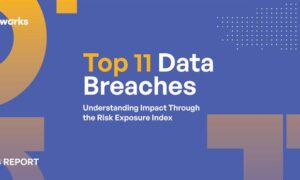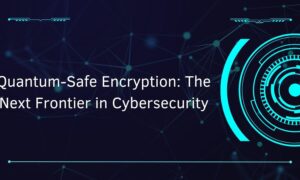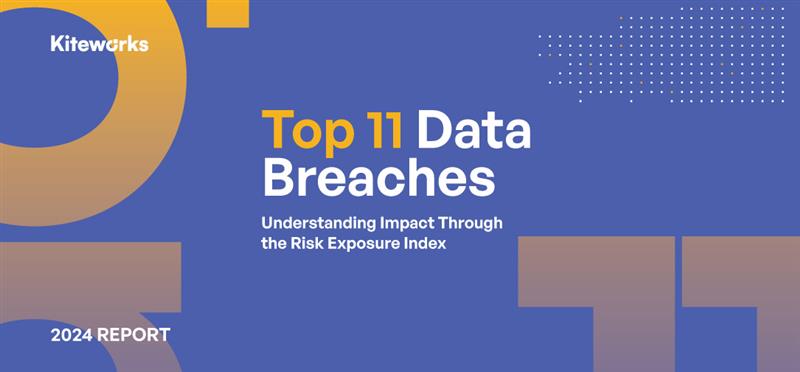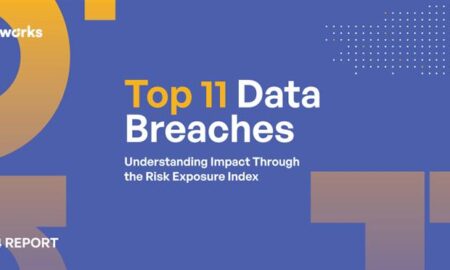In today’s era of digital transformation, securing distributed systems has become a top priority for government and public-sector organizations. As cyber threats evolve, innovative security measures are essential to protect sensitive data while ensuring seamless public service delivery. A cybersecurity researcher, Rishabh Gupta, explores groundbreaking security frameworks that enhance digital infrastructure protection. His insights into zero-trust architecture, AI-driven threat detection, and advanced identity management highlight the future of cybersecurity in government systems.
The Shift Towards Zero-Trust Architecture
Traditional security models have long relied on perimeter defenses, but with increasing cyber threats, zero-trust architecture (ZTA) is emerging as a more resilient approach. The fundamental principle of ZTA—’never trust, always verify’—ensures continuous authentication and strict access controls. By segmenting networks and enforcing least-privilege access, agencies can limit the impact of potential breaches. Advanced implementations also integrate multi-factor authentication (MFA) and identity-based access policies to enhance security at every interaction point.
AI-Powered Threat Detection: A Game Changer
Artificial intelligence (AI) revolutionizes cybersecurity by providing real-time threat detection and response capabilities. Machine learning models analyze vast amounts of security data, identifying patterns and anomalies that indicate potential breaches. Deep learning techniques enhance predictive threat analysis, allowing systems to respond proactively to cyberattacks. AI-driven security solutions have significantly reduced incident detection times and improved overall response effectiveness, making them indispensable in safeguarding government networks.
Advanced Identity and Access Management
Identity and Access Management (IAM) is crucial for securing distributed systems, integrating advanced innovations to enhance security. Cryptographic authentication strengthens identity verification using public-key encryption and zero-trust principles. Biometric verification, such as fingerprint and facial recognition, ensures unique and tamper-resistant access control. Behavioral analytics leverage AI to monitor user activity, detect anomalies, and adjust permissions based on risk assessment. AI-driven IAM continuously evaluates trust levels, implementing adaptive authentication strategies to mitigate threats. These advancements reduce identity-related cyber risks, prevent unauthorized access, and enhance security resilience by ensuring that only verified and trusted users access sensitive systems.
Strengthening Data Protection Through Encryption
As government organizations handle vast amounts of sensitive information, encryption has become a vital defense mechanism. Modern encryption protocols, including quantum-resistant cryptography, ensure data confidentiality even in high-risk environments. Automated key rotation policies and end-to-end encryption further enhance data protection, making it nearly impossible for unauthorized entities to intercept or manipulate critical information.
Continuous Monitoring for Proactive Security
Continuous security monitoring delivers real-time visibility into system vulnerabilities, enabling agencies to proactively address emerging threats. Next-generation Security Information and Event Management (SIEM) systems aggregate and analyze vast security telemetry, providing deep threat intelligence and anomaly detection. These advanced systems enhance incident response by identifying potential breaches before they escalate. Automated compliance verification further strengthens cybersecurity by ensuring government systems remain aligned with evolving regulations, minimizing exposure to outdated protocols. Together, these technologies create a dynamic defense framework, enhancing resilience against sophisticated cyber threats and regulatory non-compliance.
Enhancing Digital Identity Platforms
Government digital identity platforms are essential for secure online interactions, safeguarding citizens’ data while enabling efficient access to digital services. These platforms ensure that only authorized users can access sensitive information by implementing privacy-preserving protocols and multi-factor authentication. Integrating decentralized identity models further enhances security by reducing dependence on centralized databases, thereby mitigating the risks of large-scale data breaches. These measures collectively strengthen digital trust, promote data sovereignty, and enhance the resilience of national cybersecurity frameworks.
Securing Emergency Response Systems
Reliable security measures are vital for emergency response infrastructure, ensuring real-time coordination without disruptions. Secure data synchronization protects critical information, while robust authentication mechanisms prevent unauthorized access. Disaster recovery frameworks guarantee operational continuity, even in catastrophic events. Automated failover systems swiftly redirect operations during failures, while redundant communication channels maintain seamless connectivity. These safeguards enhance resilience, enabling agencies to respond effectively to crises while upholding security and operational integrity.
In conclusion, Rishabh Gupta’s exploration of cybersecurity innovations highlights the critical need for advanced security measures in government-distributed systems. Adopting zero-trust principles, AI-driven threat detection, and robust encryption techniques will strengthen digital infrastructure protection as cyber threats evolve. The future of government cybersecurity depends on continuous adaptation, proactive monitoring, and strategic implementation of cutting-edge security frameworks.

































